Many dreams are dreaming (or to the future), but today the time car has not yet come up. Fortunately, there are archaeologists and historians who literally make a piece of fragments from the everyday life of our distant ancestors. And thanks to their research, we learn a lot of interesting facts from the past.
1. Ancient Chinese loved ice cream
It turns out that the Chinese used frozen pastry products almost 3000 years ago. They saw that certain minerals reduce the freezing point of water, and the molten nitrate in water could lead to its freezing under certain conditions. About 700 BC. Enontending Chinese began to use this discovery in cooking, making an ice mixture of honey, milk and / or cream.

The recipe of ancient ice cream got to Persia about 2500 years ago. Persians added fruit or floral flavors, such as a rose, in a sweet delicacy recipe. They called him "Sharbat" ("Fruit ice" in Arabic), from where the term "Sherbet" occurred.
2. People suffered from stones in the prostate gland
Archaeologists have discovered three mysterious egg-shaped stone next to the skeleton on the ancient Al-Hiday cemetery in Sudan. As a result, scientists decided that these stones were not placed in the grave there as a funeral offer and are not any natural geological formation. The stones arose in the body of a man while he was alive, in particular, in his prostate. Just how stones in the kidneys are formed, the prostate gland stones in men are the result of calcium accumulation in this organ.
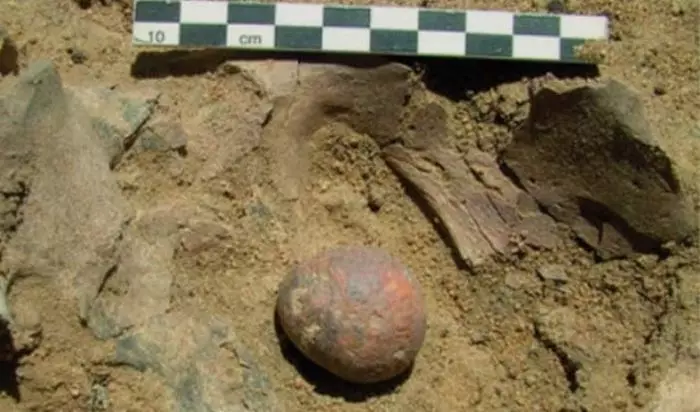
Currently, with such an agell, surgical intervention is required, so in those days a person probably suffered quite short. This discovery has proven that the stones of the prostate gland are not modern illness, and people suffered from them at least 12,000 years.
3. Parasites and worms traveled on the Silk Road
The Silk Road made it possible to create an active commodity exchange between Asia, Europe and Africa, and he was also by distributing diseases. In recent years, archaeologists have discovered the first direct evidence of this on the ancient parking lot in Dunhuan, China. Researchers discovered about 2000-year-old "toilet wipes" in the form of pieces of fabric wrapped around sticks.
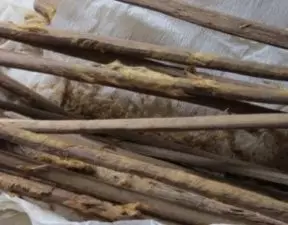
These napkins retained traces of feces even after two thousand years due to a arid climate. Analysis showed that a person who was practiced in this place suffered from parasites, including the owners, ribbon worms, round worms and Chinese liver alcohols, which were distributed at a distance of 1500-2000 kilometers from this parking lot.
4. Women traveled for distant distances to create a family
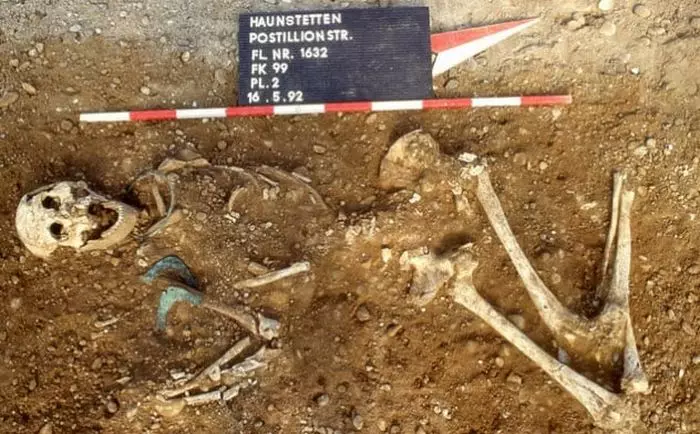
German archaeologists have studied 84 skeletons buried between 2500 and 1650 BC (transition period between the stone age and the bronze age). They found that most women traveled at least a distance of 500 kilometers to establish a family. At the same time, men mostly died near their parents. This "Patriocal" trend was traced during the late Stone Age and the early Bronze Age.
So it turned out that not always women were tied to the house, and men traveled, traded and robbed. Once women wandered in distant places, spreading new ideas and culture, and founded far from the family of the family.
5. Romans built huge libraries
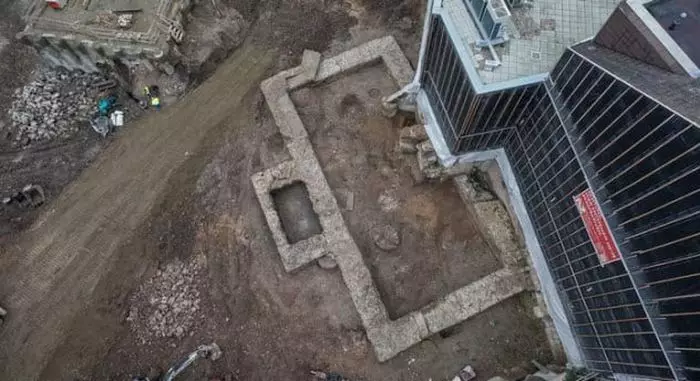
During the excavation of the pit under the building in Cologne, the Roman Wall was found. At first, the researchers determined that it was part of the assembly hall, and then noticed a number of curious niches in the wall. As it turned out, they found the oldest library of Germany.
This region was inhabited by the Romans in 38 BC, and it created such Roman amenities such as aqueducts, walls, sewage, as well as a library that was erected in the second century. The 1800-year-old library was a two-story, and there were at least several thousand parchment scrolls (perhaps about 20,000).
6. Armenians did wine in gigantic chains
Residents of modern Armenia are wine-makeup experts due to more than 6 thousand years of practice. In some Armenian families, it is still possible to find the relics of the past - gigantic 910 liter clay chanes, called "Caras". Then people really loved their wine, as evidenced by the opening of the basement filled with hundreds of guy, in which there were 380,000 liters of wine.
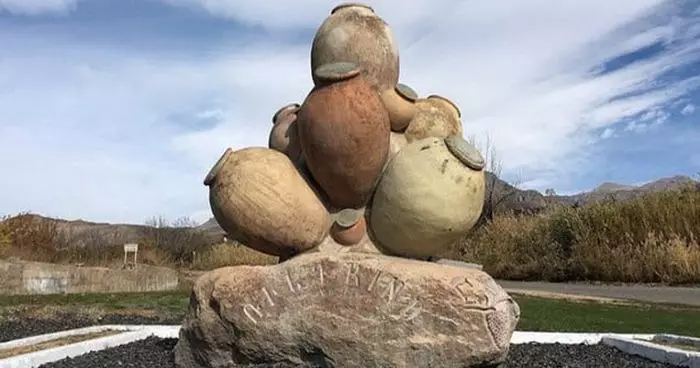
The peaks that were not destroyed over the past centuries or are used as coffins (there are also such) can still be found in basements and storerooms, because they are too big to take them out without destroying the carass or doorway.
7. Caves used special technologies for fire breeding
New studies show that Neanderthals did not wait at all until the lightning hit them and set fire to something, they knew how to breed the fire themselves. Cave people hit a piece of silica on a piece of pyrite to create sparks. During this process, they essentially committed a significant leap in mental development, realizing that the fire can be mined even from stones.
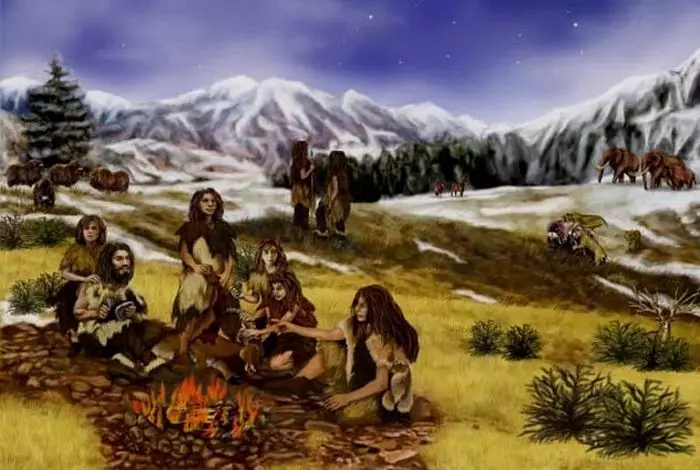
And on the archaeological site, the Pesh del Aze I in France about 50,000 years have found evidence that Neanderthals were still smarter. Scientists discovered the pieces of manganese dioxide, on which there were signs of erasing. When the researchers crushed this substance into powder, they found that the powder reduces the temperature of the combustion of wood from 350 degrees Celsius to 250 degrees Celsius.
8. Ancient people love boxing
People have always loved a good fist fight. Boxing emerged at least 5,000 years ago in Egypt, became an Olympic sport in Greece in 688 BC, and then a Roman army was adopted as a training combat exercise. After that, he became a favorite sport for the audience, and married gambling competitions began.
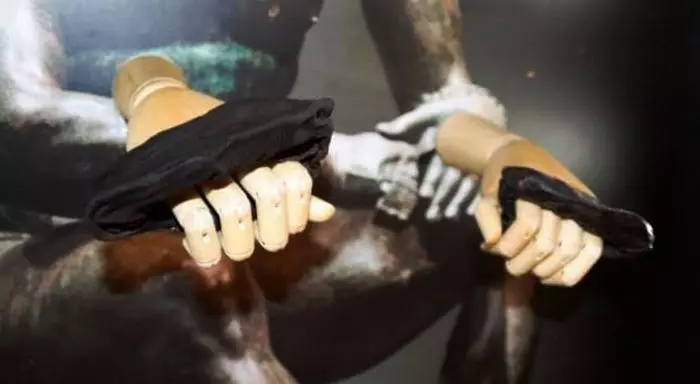
Archaeologists have repeatedly found bronze statues depicting boxers, and recently they found a real pair of 1900-year-old gloves in Fort Windold in England. They were cut out of the skin and filled with natural material for depreciation. They may have been intended for sparring, since gloves that were used in competitions had a deadly metal edging.
9. People walked dogs on leashes about 9,000 years ago
Rock painting of the Holocene era (12,000 years ago - until this time) indicates that people walked dogs on leashes almost 9,000 years ago.Detected at the two places of archaeological excavations in Saudi Arabia, rock paintings may be the oldest images of domesticated dogs. At one picture, a hunter and a flock of dogs are visible, some of whom go for him on leashes. The image suggests that even then the dogs began to breed, teach and use for hunting.
10. Children accompanied parents on the hunt
Archaeologists often create complex scenes of the past from scanty evidence. In fact, they extrapolated methods of educating children Homo Heidelbergensis (predecessor of a modern person) based on 700,000-year-old traces. As a rule, such traces are rapidly destroyed, but on the plot of the Cuntura in Ethiopia, they have been preserved as a result of the fact that the traces fall asleep with volcanic ash.
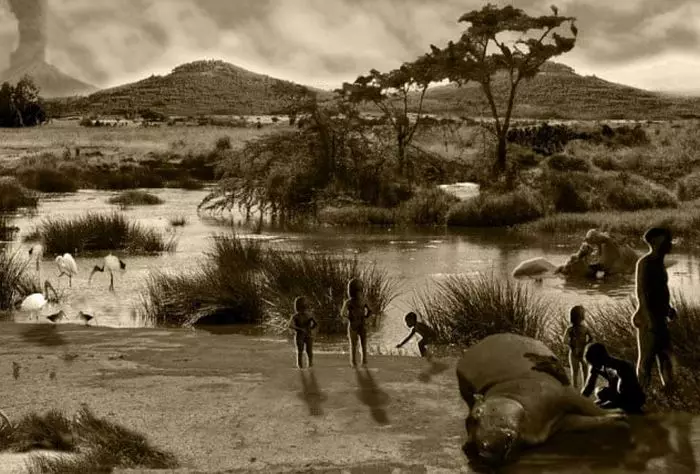
Small traces belonged to children probably aged one or two years. The researchers also discovered paths that have pulled out adults, as well as various animals around a small hydropower. This suggests that children did not leave at home, and they took with them even such dangerous events like hunting, it is possible that they can watch their parents and began to study these skills for themselves.
